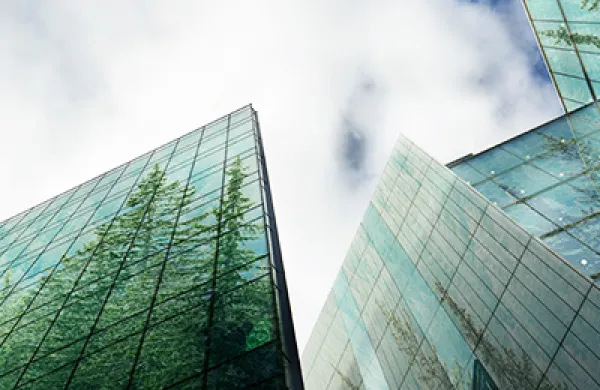Richard Sandor isn't finished creating new markets. Last month his Chicago Climate Exchange received U.S. regulatory approval to begin trading futures contracts based on sulfur dioxide emissions, which are created by coal burning and are the primary cause of acid rain.
Using free-market mechanisms to solve environmental problems has long been a dream for Sandor, 63, a former Kidder Peabody executive renowned for his role in creating the multitrillion-dollar U.S. Treasury futures markets three decades ago. Last year the former Chicago Board of Trade vice chairman founded the CCX, through which corporations such as Ford Motor, DuPont and American Electric Power -- along with a small group of hedge funds and commodities-trading firms -- buy and sell carbon dioxide emissions, thought by many scientists to contribute to global warming. The companies involved agree to cap their emissions. Those that pollute less can sell their surplus emission allowances to companies that expect to exceed the limit.
Sandor also helped create the cap-and-trade program that power generators and other industrial polluters have used for several years to reduce their sulfur dioxide emissions, as required by the 1990 Clean Air Act. Trading in that market has reached
$5 billion annually and prices have doubled in the past year. Now Sandor believes a futures market is necessary to let users hedge against price volatility. Later on the CCX will offer contracts linked to water and possibly even endangered species, he says.
"I've been flogging this for about 15 years," says Sandor. "What we're doing now reminds me of when we started interest rate futures in the 1970s. No one thought then that those markets would be as big as they are now. It's the same thing with air and water. These are really the commodities of the future."




